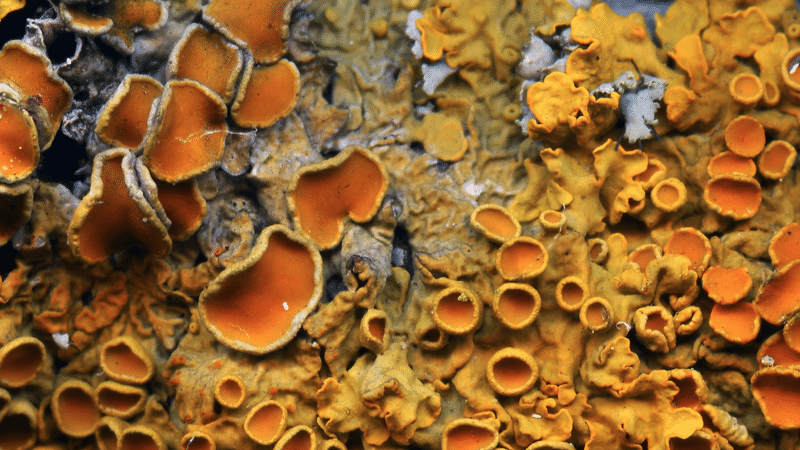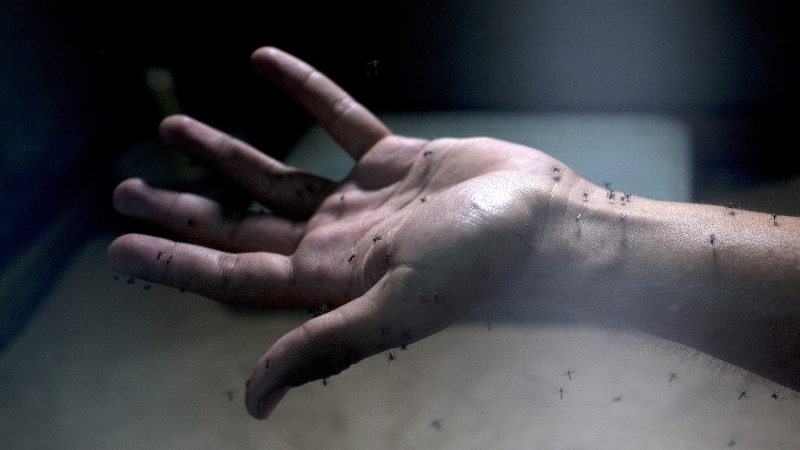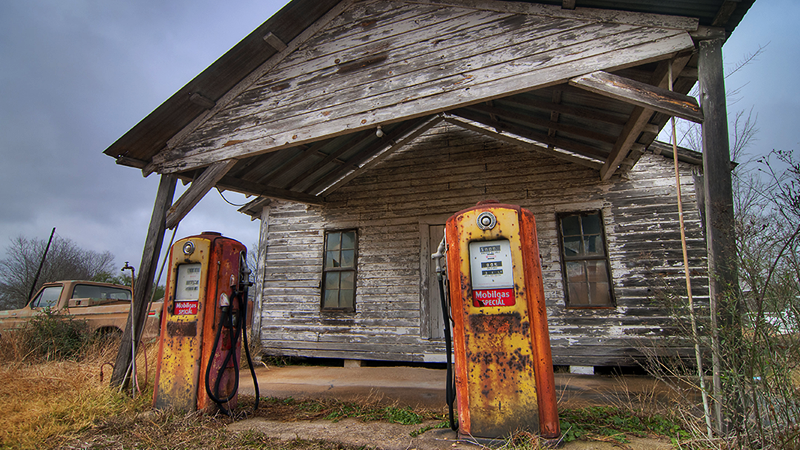Biology textbooks tell us that lichens are alliances between two organisms—a fungus and an alga. They are wrong.
At 19, he got a job at a local forestry service. Within a few years, he had earned enough to leave home. His meager savings and non-existent grades meant that no American university would take him, so Spribille looked to Europe.
Thanks to his family background, he could speak German, and he had heard that many universities there charged no tuition fees. His missing qualifications were still a problem, but one that the University of Gottingen decided to overlook. “They said that under exceptional circumstances, they could enroll a few people every year without transcripts,” says Spribille. “That was the bottleneck of my life.”
You’ve seen lichens before, but unlike Spribille, you may have ignored them. They grow on logs, cling to bark, smother stones. At first glance, they look messy and undeserving of attention. On closer inspection, they are astonishingly beautiful. They can look like flecks of peeling paint, or coralline branches, or dustings of powder, or lettuce-like fronds, or wriggling worms, or cups that a pixie might drink from. They’re also extremely tough. They grow in the most inhospitable parts of the planet, where no plant or animal can survive.
Lichens have an important place in biology. In the 1860s, scientists thought that they were plants. But in 1868, a Swiss botanist named Simon Schwendener revealed that they’re composite organisms, consisting of fungi that live in partnership with microscopic algae. This “dual hypothesis” was met with indignation: it went against the impetus to put living things in clear and discrete buckets. The backlash only collapsed when Schwendener and others, with good microscopes and careful hands, managed to tease the two partners apart.
Schwendener wrongly thought that the fungus had “enslaved” the alga, but others showed that the two cooperate. The alga uses sunlight to make nutrients for the fungus, while the fungus provides minerals, water, and shelter. This kind of mutually beneficial relationship was unheard of, and required a new word. Two Germans, Albert Frank and Anton de Bary, provided the perfect one—symbiosis, from the Greek for ‘together’ and ‘living’.
When we think about the microbes that influence the health of humans and other animals, the algae that provide coral reefs with energy, the mitochondria that power our cells, the gut bacteria that allow cows to digest their food, or the probiotic products that line supermarket shelves—all of that can be traced to the birth of the symbiosis as a concept. And symbiosis, in turn, began with lichens.
He has shown that largest and most species-rich group of lichens are not alliances between two organisms, as every scientist since Schwendener has claimed. Instead, they’re alliances between three. All this time, a second type of fungus has been hiding in plain view.
“There’s been over 140 years of microscopy,” says Spribille. “The idea that there’s something so fundamental that people have been missing is stunning.”
The path to this discovery began in 2011, when Spribille, now armed with a doctorate, returned to Montana. He joined the lab of symbiosis specialist John McCutcheon, who convinced him to supplement his formidable natural history skills with some know-how in modern genetics.
The duo started studying two local lichens that are common in local forests and hang from branches like unruly wigs. One is yellow because it makes a strong poison called vulpinic acid; the other lacks this toxin and is dark brown. They clearly look different, and had been classified as separate species for almost a century. But recent studies had suggested that they’re actually the same fungus, partnered with the same alga. So why are they different?
At first, the duo figured that a basidiomycete fungus was growing on the lichens. Perhaps it was just a contaminant, a speck of microbial fluff that had landed on the specimens. Or it might have been a pathogen, a fungus that was infecting the lichens and causing disease. It might simply have been a false alarm. (Such things happen: genetic algorithms have misidentified plague bacteria on the New York subway, platypuses in Virginia tomato fields, and seals in Vietnamese forests.)
But when Spribille removed all the basidiomycete genes from his data, everything that related to the presence of vulpinic acid also disappeared. “That was the eureka moment,” he says. “That’s when I leaned back in my chair.” That’s when he began to suspect that the basidiomycete was actually part of the lichens—present in both types, but especially abundant in the yellow toxic one.








